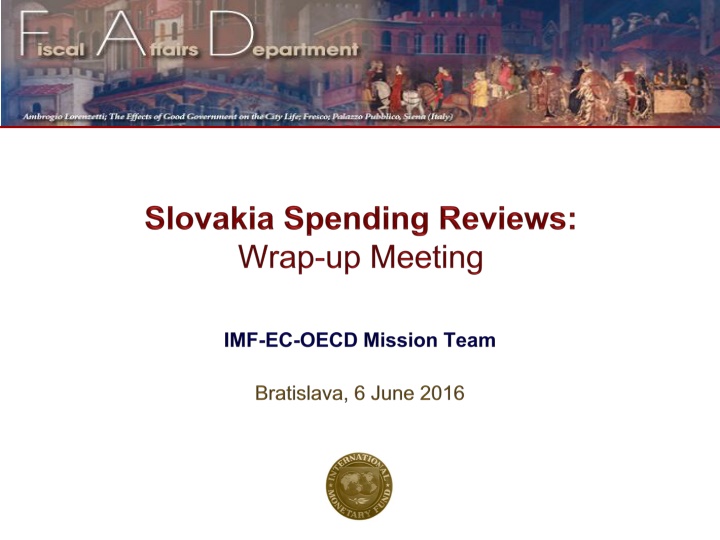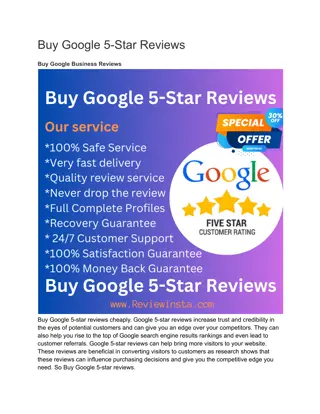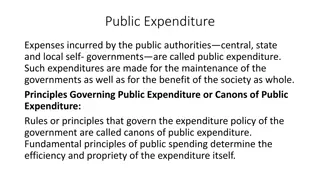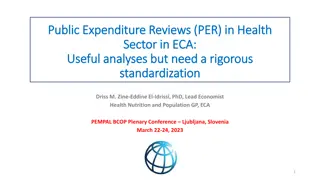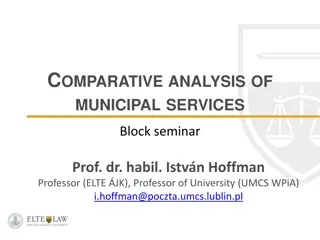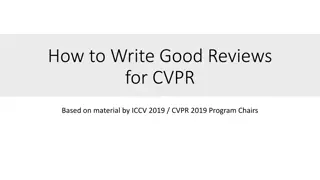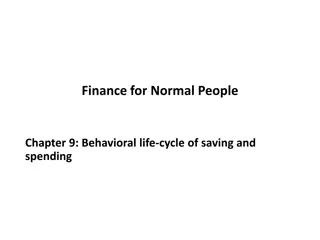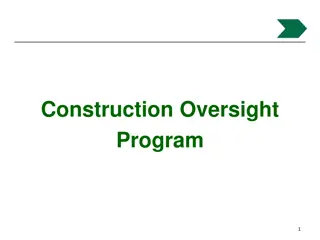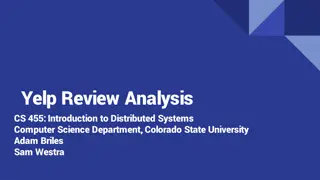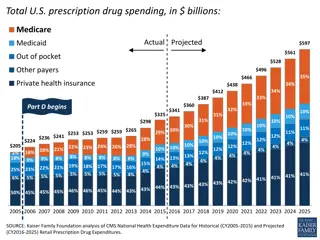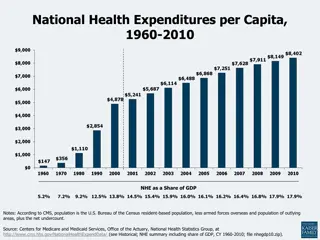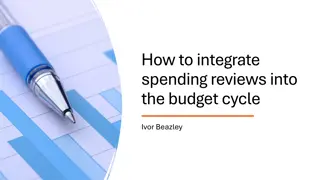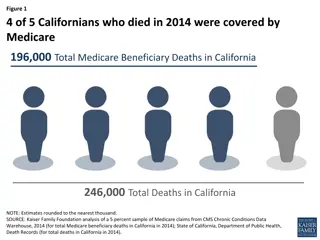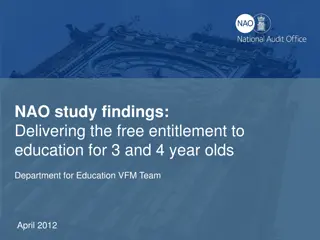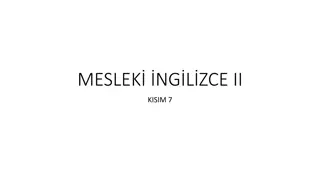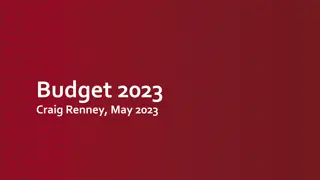Effective Spending Reviews for Better Public Services
This presentation outlines the process and recommendations for spending reviews in areas such as health, transport, and IT. It covers issues, recommendations, and strategies for achieving efficiency and service improvements. The focus is on engaging ministries, generating long-term savings, monitoring reforms, and optimizing resource allocation. Key insights include the need for joint ownership of review outcomes, utilizing data for benchmarking, and incentivizing good practices.
Download Presentation

Please find below an Image/Link to download the presentation.
The content on the website is provided AS IS for your information and personal use only. It may not be sold, licensed, or shared on other websites without obtaining consent from the author.If you encounter any issues during the download, it is possible that the publisher has removed the file from their server.
You are allowed to download the files provided on this website for personal or commercial use, subject to the condition that they are used lawfully. All files are the property of their respective owners.
The content on the website is provided AS IS for your information and personal use only. It may not be sold, licensed, or shared on other websites without obtaining consent from the author.
E N D
Presentation Transcript
Outline of the Presentation I. Spending Review Process II. Health Spending Review III. Transport Spending Review IV. IT Spending Review
I. Spending Review Process a. Issues 1. Engagement of line ministries (LMs) in the spending review process has been mixed 2. The timetable for the first full round of reviews is tight 3. Reviews need both financial savings for the budget and service improvements for citizens 4. Most savings and wider efficiency gains will take several years to materialize 5. Reform implementation, value for money gains, and service improvements need to be monitored and reported on over time 3
I. Spending Review Process b. Recommendations 1. Spending review analysis, conclusions, and recommendations should be jointly owned by the MoF and the line ministry at both ministerial and official level 2. Spending review teams need to move quickly from data gathering and analysis to reform option generation 3. Spending review teams need to generate both quick wins and long-term efficiency improvements 4. Spending review savings need to be locked into fixed multi-year budgets for the ministries concerned 5. The MoF and Government Office need to establish joint arrangements for monitoring the implementation of spending review recommendations 4
II. Health Spending Review a. Issues 1. High spending is pervasive throughout the health care system and is reinforced by soft budget constraints and lack of competition 2. While hospitals have excess capacity, the capacity of the primary health care system is strained 3. Stress on the primary health care system results in insufficient gatekeeping and an excessive number of hospital consultations 5
II. Health Spending Review b. Recommendations 1. Use existing administrative data to help benchmark operational costs across hospitals 2. Develop a plan to downsize and modernize the hospital system 3. Put greater focus on ways of incentivizing good practice by: a.piloting improved incentive systems in private insurers b.using reputational effects rather than financial incentives c.Imposing generic prescribing d.Reviewing the supply chain e.Making more efficient use of existing health staff 6
III. Transport Spending Review a. Issues 1. Building consensus on the size and scope of opportunities within the transport sector. 2. Focusing on specific areas within the budgets of the Ministry of Transport and agencies to deliver savings 3. Identifying how to deliver the improvements in efficiencies and the potential savings for reprioritization 4. The maintenance backlog creates very high spending pressures which will only worsen with lack of action 7
III. Transport Spending Review b. Recommendations 1. Building MoF-MoT support for the spending review analysis 2. Focus scrutiny on the different categories of transport expenditure rather than on the full range of transport projects 3. Focus investment in infrastructure projects better by making a move to a centrally agreed and shared cost-benefit analysis methodology 4. Consider a full range of options for realizing savings, not simply assuming institutional reform by: 5. Be explicit about the scale of the roads maintenance problems, the costs of leaving these unresolved, and the strategy for tackling this 6. Develop a government-wide PPP policy if it means to make greater use of the private sector in infrastructure provision 8
IV. IT Spending Review a. Issues If You Want To Walk Fast, Walk Alone. If You Want To Walk Far, Walk Together. (African proverb) 1. The Slovak public administration cannot effectively and economically leverage its IT resources to capitalize on the full potential enabling effect of IT on society and public administration 2. No mechanisms and practices to ensure consistent and coordinated alignment between IT spending and the government s overall policy directions, objectives and priorities. 3. An absence of policies, rigorous practices, guidelines and an established discipline in respect of value-for-money management of IT capital expenditures 4. There is no consistent focus on ensuring that IT operational expenditures (OPEX) do not fund duplicate efforts and inefficient operating practices. 5. No mechanisms or consistent focus appear to exist in the Slovak government to ensure that IT resources can be systematically allocated or re-allocated from lower to higher value and impact targets. 6. IT spending is not supported by clear roles, responsibilities and accountabilities for IT outcomes and the efficient use of IT resources. 7. Significant gaps in the data available to support effective analysis, performance assessments and benchmarking in respect of government IT OPEX and CAPEX. 8. There is lack of capacity available in critical areas of IT management. 9
IV. IT Spending Review b. Recommendations 1. Ensure that the stewardship of IT is structured, organized and equipped to best advance the potential enabling effects on society and public administration 2. Establish a core enterprise mechanisms and practices to ensure consistent and coordinated alignment between IT spending and the government s overall policy directions, objectives and priorities 3. Ensure that the policy framework for IT includes directives, practices, guidelines and templates that promote rigor and discipline in respect of life-cycle management of IT CAPEX 4. Set in motion a process aiming to achieve an operating culture, discipline and concrete results that ensure that IT OPEX do not fund duplicate efforts and inefficient operating practices and arrangements 5. Establish provisions, guidelines and practices that ensure that IT resources can systematically be allocated or re-allocated from lower to higher value and impact targets 6. Ensure that the future framework for the stewardship of IT leads to the establishment and enforcement of clear roles, responsibilities and accountabilities for IT-enabled outcomes and for the value-for-money use of IT resources 7. Set in motion a program designed to assure the provision of sufficient data to support effective enterprise performance management in respect of IT OPEX & CAPEX 8. Initiate efforts to fill capacity gaps in critical areas of IT management 10
